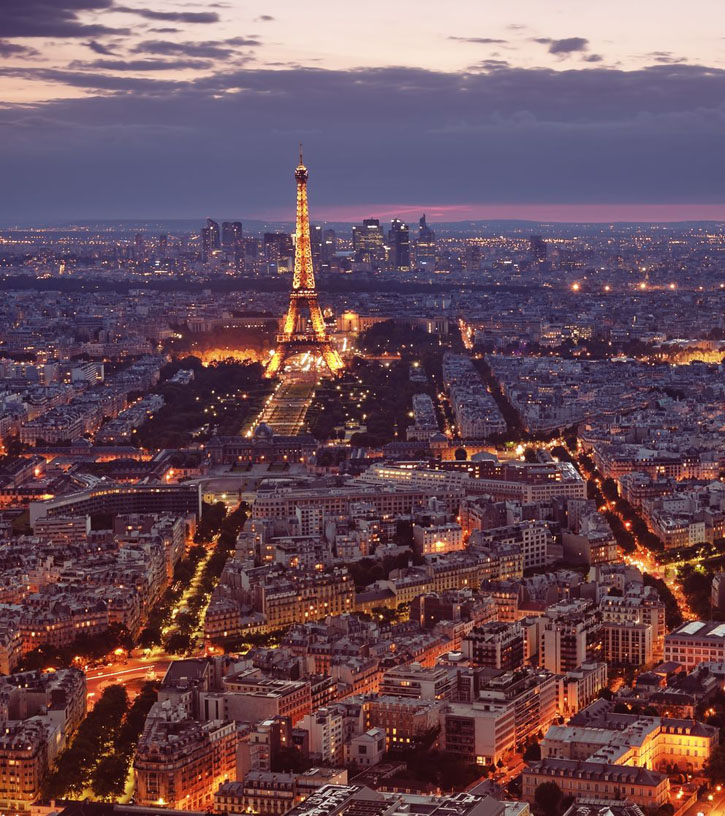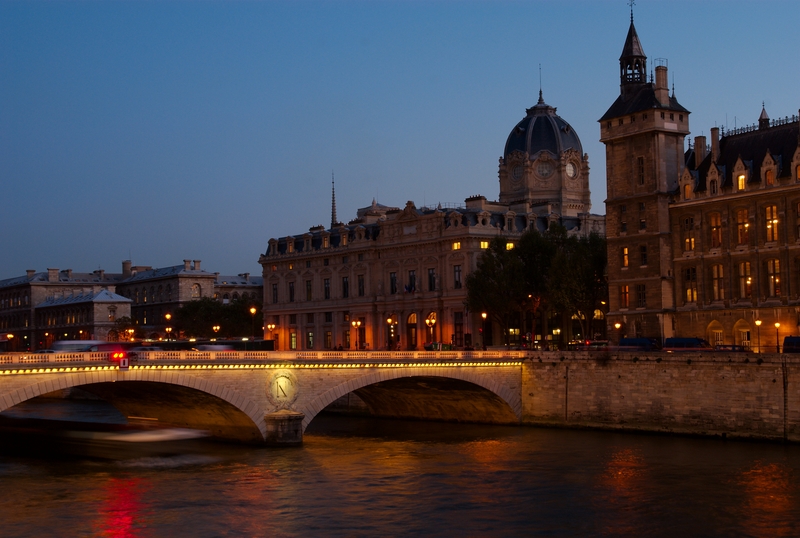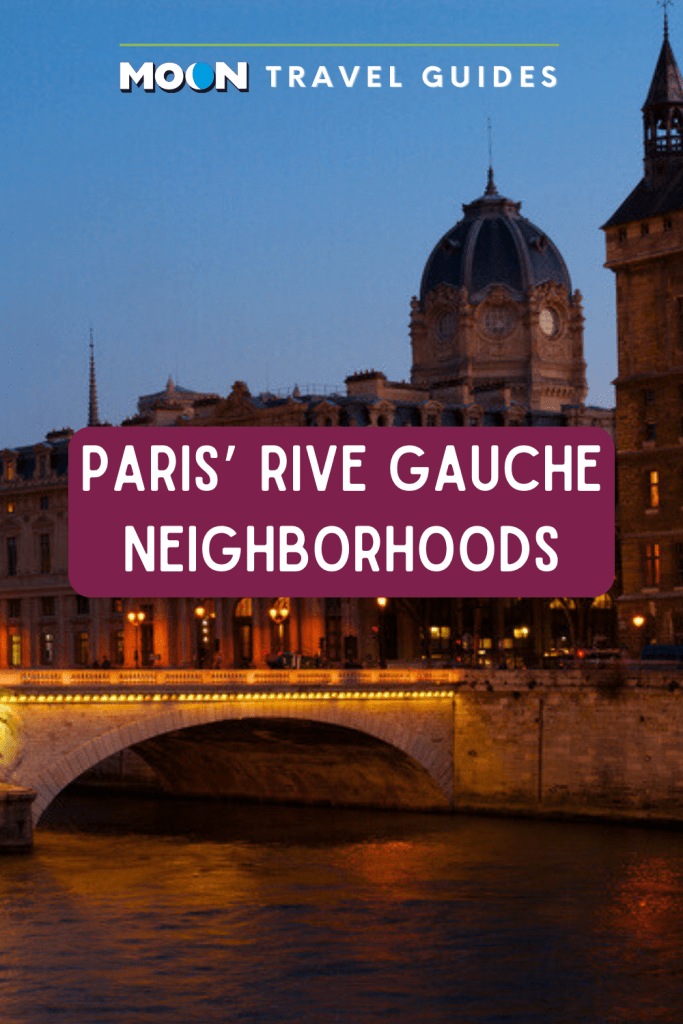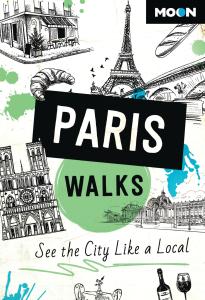Paris’s Rive Gauche Neighborhoods
Paris’s Left Bank, known as Rive Gauche, staked its claim in the hearts and minds of expats more than a century ago, when creative types from America, Europe, and North Africa migrated here to explore and refine their crafts in a supportive, booze-fueled atmosphere. Hemingway, Baldwin, Stein, and Wilde need no further introduction; on the Left Bank, their spirits can still be felt in the very same Saint-Germain cafés where they and other Lost Generation legends scribbled their poems, laughed and fought, and likely drank too many verres de vin rouge.
Today, Rive Gauche doesn’t exude the same artistic free-for-all of a century ago, but it is still a magnet for philosophers, thinkers, and provocateurs. This city’s south side is home to the Sorbonne and UNESCO, the French National Assembly, and countless café-philos clubs that debate the hot topics of the day. It’s also where many Parisian luminaries rest their heads at night. More than anything, the Left Bank represents the intellectual spirit of yore. Bookstores and cinemas, lecture halls and think tanks are the motors propelling Rive Gauche into the 21st century, and a big part of the mystique that continues to draw newcomers into the south-of-the-Seine fold.

Left Bank neighborhoods can and do vary greatly in terms of the energy they emit. The nearer the Seine, the more intense the ambiance, but that goes with the territory; the Musée d’Orsay, Quartier Latin, and Tour Eiffel—three major tourist attractions—cozy right up to the river. Saint-Germain-des-Prés, with its cafés and churches, draws political luminaries and celebrities who cling to the notion of Old Paris and its moneyed exclusivity. More accessible to expats are the areas a tad further out from the quais de la Seine. Alésia, Montparnasse, and Grenelle are a few of the best down-to-earth choices, especially for families with children. The wild card here might Place d’Italie—it isn’t on too many newcomers’ radars, save the university student population and Asian immigrants with built-in family ties to the area. Its slightly off-the-beaten-path flavor gives it its understated allure.
If you’re thinking of moving to Paris and care less about cachet and hipster cred than you do about safety and ease of transport, the Left Bank offers the chance to discover the hidden attractions of Paris’s calm and cool south side and decide for yourself if this is a place to call home.
The Lay of the Land
The Rive Gauche is, as its moniker implies, the left bank of the River Seine. If you’ve ever wondered how it was determined which side would be right and which would be left, the mystery can be unraveled with a simple explanation: It’s all about the direction of the flow. As the river rushes downstream toward the English Channel, you—the pilot of your very own Seine cruiser—will have at your right Rive Droite, and to your left, Rive Gauche. Donc, voilà! Makes sense, right?
The Left Bank is un peu plus (a little more) compact than its north-of-the-Seine neighbor, and a little trickier to navigate by private automobile. The tight, narrow streets of the Quartier Latin spill out into confusing one-way thoroughfares clogged with taxis and motos, and occasionally transform into pedestrian-only roadways when you least expect it. Best leave the driving to others and get to know the area on foot or by bicycle.

Montparnasse Tower, Paris’s tallest building, rises up from the heart of the Left Bank, acting as a beacon to direct you to the gare Montparnasse-Bienvenue and its local and long-distance trains. Face the station straight: to the right of the tower sits the safe and sedate Grenelle neighborhood; to the left, the equally staid and calm Alésia quarter. Allow your eyes to continue their migration toward the southeastern périphérique and eventually they’ll settle on Place d’Italie. Whatever Left Bank neighborhood you settle on, it won’t be long before you, like the philosophers and artists before you, wax poetic about your new hood’s inspiring idiosyncrasies.
Related Travel Guide
Pin It for Later

